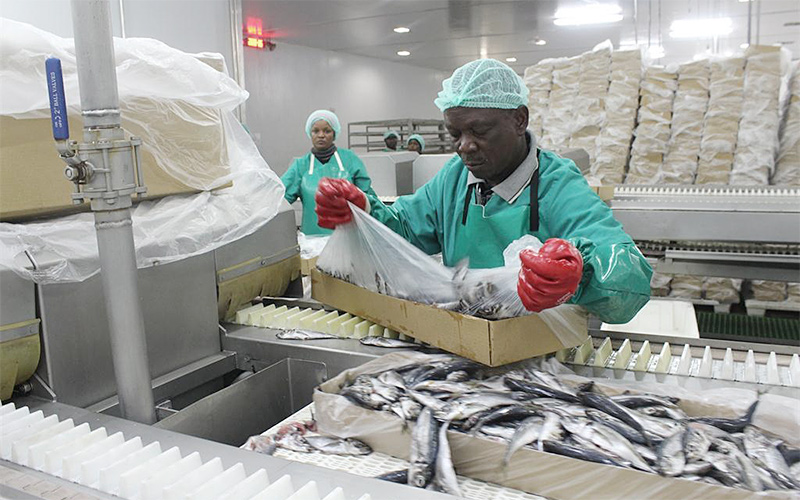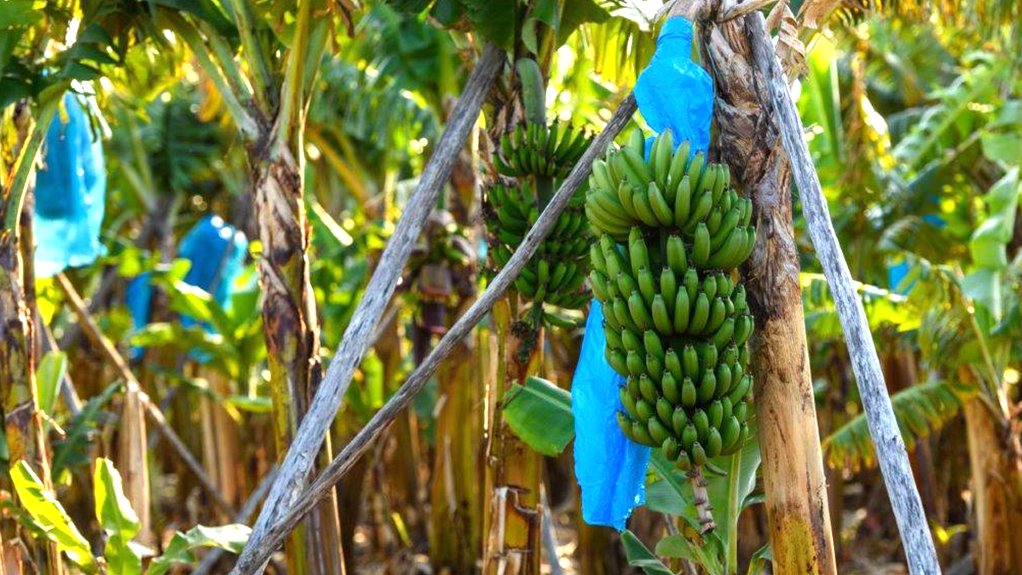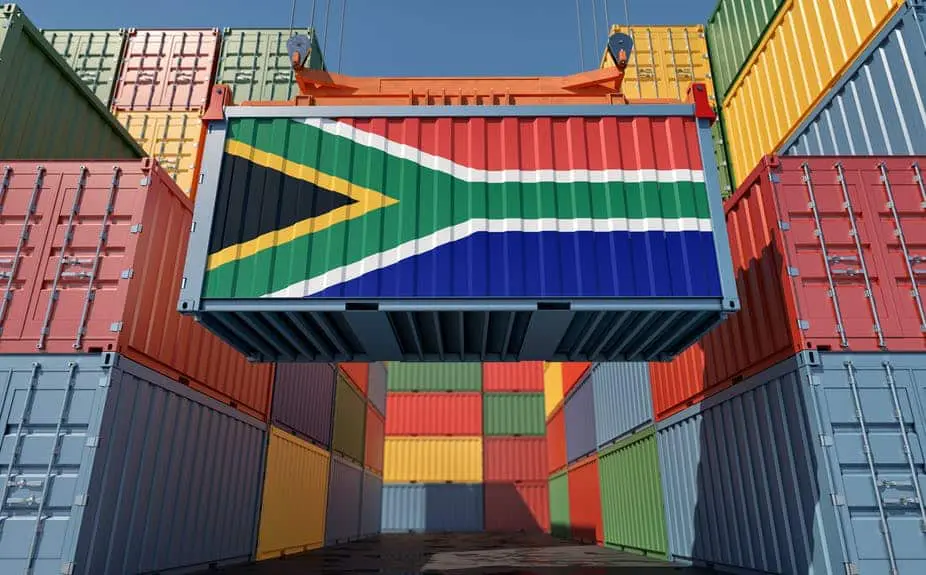Namibia continues being a net importer of goods with the value of exports increasing by 27,9% year on year (y/y) in March 2022 to N$6 billion, while the value of imports increased with 18,3% y/y in March to N$8,9 billion, resulting in a trade deficit of N$2,9 billion.
Simonis Storm Securities in an analysis says export products during the month were mainly from the manufacturing sector, which constituted 70,3%, mining (24,0%) and agriculture (4,8%), and were mainly destined for the rest of Africa (62,0%), Europe (21,7%), Asia (12,7%) and the United States (3,5%).
“On average, exports increased by 24,4% in 1Q2022, compared to 1Q2021, where February 2022 recorded the highest annual growth in exports in the last two years,” Simonis says.
The year 2022 is off to a positive start in terms of trade data as data points from the last two months have involved the first two positive consecutive months since January 2021.
Simonis says 2021 recorded trade deficits for nine out of 12 months.
“We remain positive on seeing additional trade balance surpluses in upcoming months owing to improved mining and fishing production in 2022,” the analysts say.
According to the analysis, the biggest contributors to exports in March 2022 were diamonds, which rose 40,3% y/y, fish, which dropped 13,6% y/y, inorganic chemicals 355,6% y/y, gold, which rose 35,2% y/y, and copper blisters, which rose 1,178,2% y/y.
However, Simonis says 99% of diamonds, and 20% of copper blister exports in March 2022 were re-exports.
“The main contributors to imports were petroleum oils, which rose 47,5% y/y, civil engineering and contractors’ equipment, up 202,9% y/y, diamonds up 179,6% y/y, and sugars/molasses/honey, which rose 207,5% y/y. Motor vehicles, however, dropped 13,8% y/y.”
The Trade Dependency Index (TDI) calculates the share of total trade – exports plus imports – as a percentage of gross domestic product (GDP).
Trade has marginally become a bigger component of GDP, from 42,1% in 2017 to 45,9% in 2021.
“The TDI has the highest sensitivity to growth in mining production, followed by manufacturing and agriculture. We have pointed out before that Namibia’s economy needs to diversify from primary sectors, such as mining, and develop secondary sectors, such as manufacturing,” Simonis says.
According to the preliminary national accounts, exports increased by 7,3% on an annual basis in 2021, compared to 2020, whereas imports increased by 20,0% during the same period.
The World Trade Organisation (WTO) reduced its global trade forecast from 4,7% to 2,5% for 2022, citing impacts from the war in Ukraine and subsequent sanction policies, as well as global supply chain constraints as the main reasons.
The WTO also warned of higher food prices due to supply chain disruptions, and that a food crisis is “brewing”.
“Despite commodity prices moderating slightly in recent weeks, we remain positive on local mines earning elevated commodity prices and benefiting export earnings.
“China’s US$2,3 trillion five-year infrastructure plan should also bode well for commodity demand, which in turn will also benefit Southern Africa Customs Union revenue over the medium term,” the analysts say.
Source article: The Namibian








